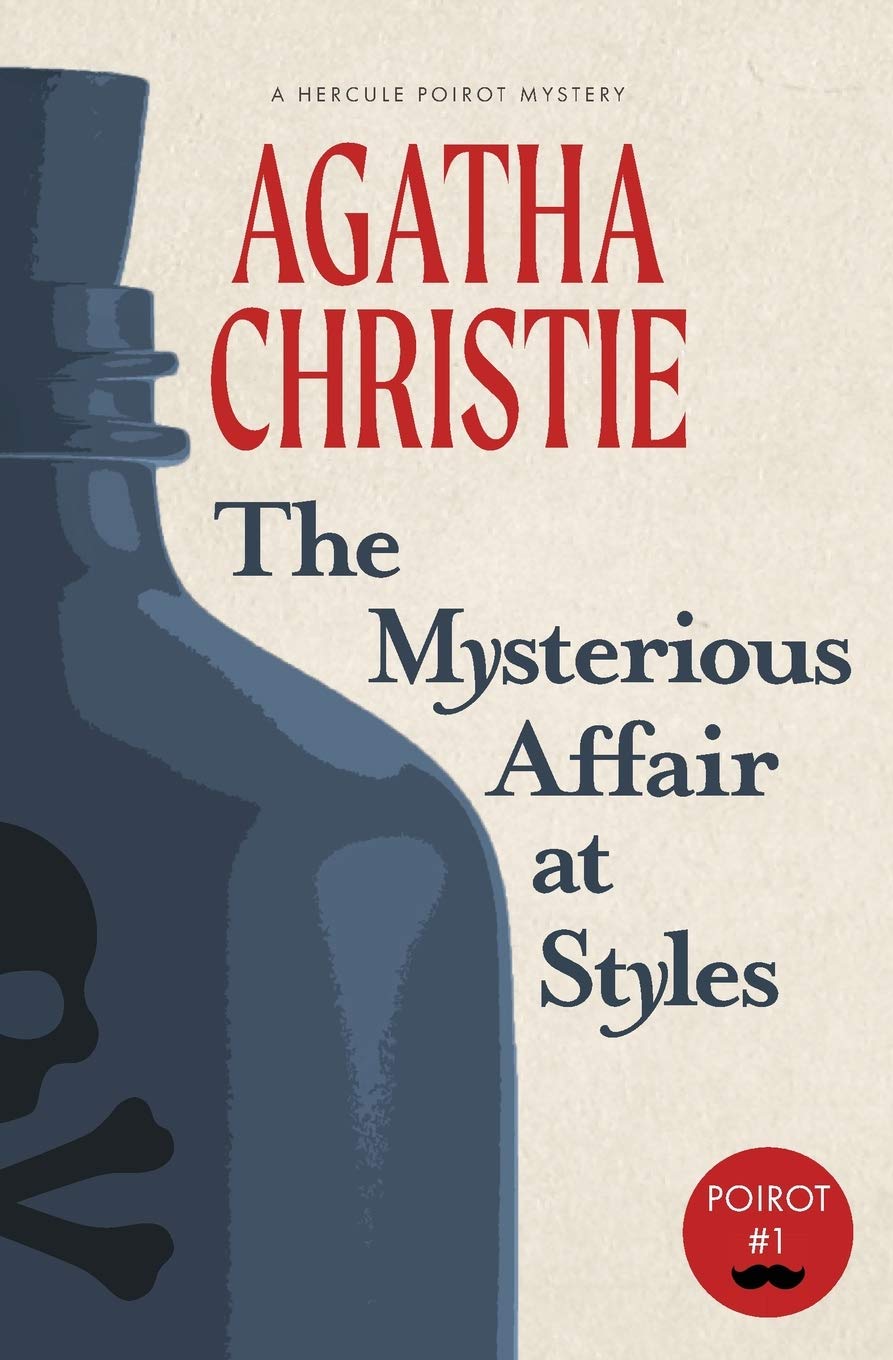CHAPTER II — THE 16TH AND 17TH OF JULY
byChapter II of The Mysterious Affair at Styles traces two seemingly ordinary days—July 16th and 17th—through the careful recollections of the narrator. These dates, etched into his memory by later events, mark the initial tremors beneath the surface of what appears to be a peaceful English estate. From the outset, subtle tensions ripple among the inhabitants, particularly surrounding the presence of Dr. Bauerstein, whose connection with Mary Cavendish arouses quiet speculation. The narrator, observant but discreet, notes the dissonance between polite conversation and the uncomfortable undercurrents that suggest strained loyalties and personal reservations. Each interaction, however mundane, begins to take on weight in retrospect, particularly when Evelyn Howard’s earlier warning about Mrs. Inglethorp returns to mind. Through gentle foreshadowing, this chapter reminds readers that truth often hides behind civility, and appearances can’t always be trusted.
On July 16th, the estate is absorbed in preparations for a local charity bazaar, with Mrs. Inglethorp poised to recite a war poem. The day unfolds with light-hearted activity and social obligation, but the narrator observes unease in John’s demeanor that seems to go unnoticed by others. Despite this, the evening proceeds without disruption, with Mrs. Inglethorp’s performance receiving polite applause and Cynthia departing to stay overnight with friends. Though the event seems to serve as a distraction, subtle clues embedded in the day’s rhythm suggest that something unspoken is stirring beneath the surface. Even small actions—who speaks to whom, or how long a glance lingers—begin to build an atmosphere of quiet disquiet. By the time the curtain falls on the charity event, the characters have moved one step closer to the events that will soon unsettle their carefully constructed world.
The following day, July 17th, brings a shift in tone. The narrator joins Mrs. Inglethorp and Lawrence in visiting Cynthia at the hospital dispensary, where the lightness of conversation briefly returns. Cynthia, playful and spirited, reveals the discipline required in her work and jokes about the dangers of handling poisons, unaware of the grim irony her words would later carry. This moment, while seemingly trivial, casts a faint shadow on the narrative—introducing themes of medicine, chemistry, and mortality that grow increasingly significant. Afterward, a chance encounter with Hercule Poirot reintroduces the detective, linking his presence to the Belgian refugees Mrs. Inglethorp supports. This connection, though casual, hints at the deeper role Poirot will soon play. His composed demeanor and keen eye offer a contrast to the confusion gradually enveloping Styles.
Tensions at the house become harder to ignore later that day. Mrs. Inglethorp returns visibly agitated, and a sharp exchange between her and Mary Cavendish is overheard by the narrator. While their argument is muffled, the emotional tone is unmistakable, suggesting a deeper rift than previously assumed. As the evening stretches on, dinner feels more formal than friendly, the air filled with unspoken tension. Dr. Bauerstein’s unexpected arrival adds to the discomfort, his presence unannounced and met with mixed reactions. These layers of emotional ambiguity—strained glances, polite silences, and half-finished conversations—lay the groundwork for the unsettling discovery soon to follow. Within these interactions lies the foundation of the mystery that will shake the estate.
The value of this chapter rests in its attention to interpersonal subtleties. Each line of dialogue, every moment of silence, builds not just the mystery, but a complete psychological portrait of the household. Through these quiet revelations, the reader is drawn into a game of observation—mirroring the detective’s role. In real investigations, it’s often the seemingly insignificant that becomes the key to unlocking the truth. Readers, like Poirot, are invited to look closer, think deeper, and remember that in mysteries, the smallest moment can echo the loudest. Chapter II serves not just as a prelude, but as a critical layer in the architecture of suspense.

